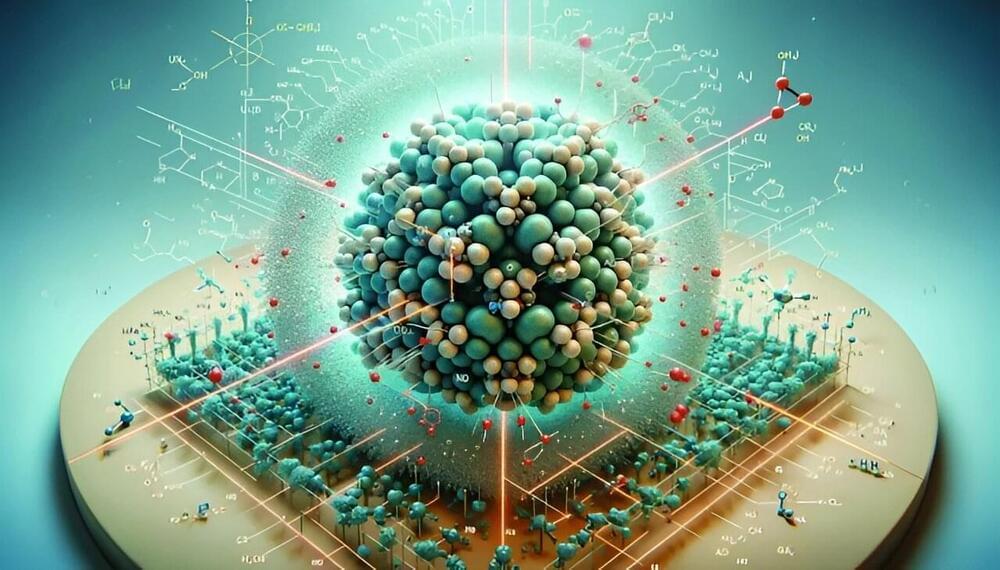Small-angle scattering (SAS) is a powerful technique for studying nanoscale samples. So far, however, its use in research has been held back by its inability to operate without some prior knowledge of a sample’s chemical composition. Through new research published in The European Physical Journal E, Eugen Anitas at the Bogoliubov Laboratory of Theoretical Physics in Dubna, Russia, presents a more advanced approach, which integrates SAS with machine learning algorithms.
Integrating small-angle neutron scattering with machine learning enhances measurements of complex molecular structures
Posted in chemistry, information science, nanotechnology, robotics/AI
